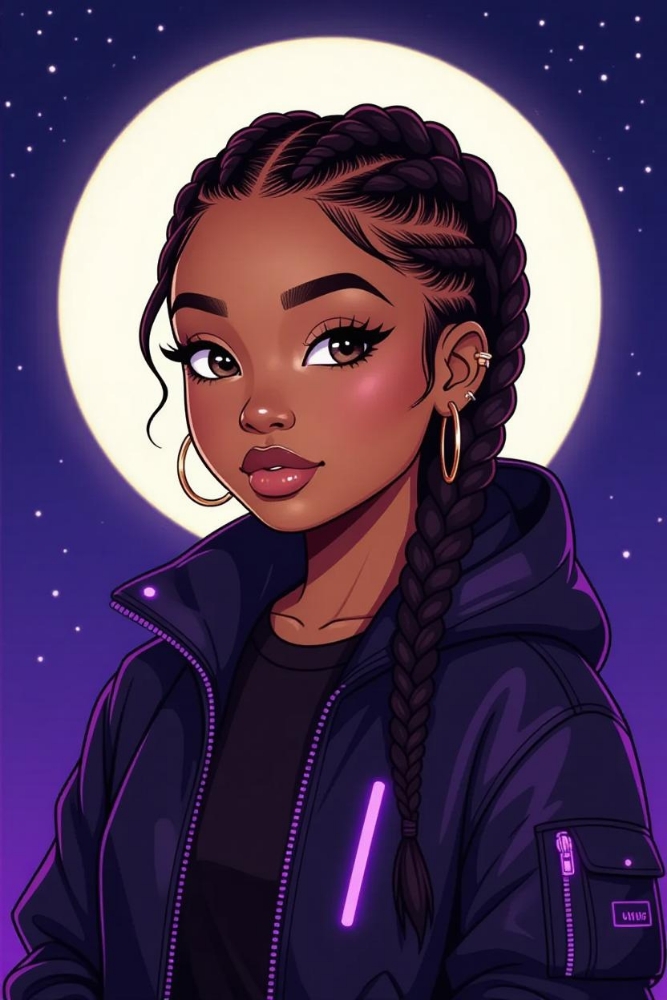🌍 Why Web3 Feels More Like a Movement Than a Technology
 1. The First Time You Hear “Web3,” It Sounds Like Tech
1. The First Time You Hear “Web3,” It Sounds Like Tech
Blockchains. NFTs. Tokens. Decentralization.
To most people, Web3 looks like another complicated chapter in the long history of the Internet.
But spend just a little time around its communities, and something becomes clear:
Web3 doesn’t feel like a tool — it feels like a cause.
It feels less like buying software and more like joining a revolution.
Why? Because Web3 isn’t only about how the Internet works.
It’s about who controls it, who benefits from it, and who gets to participate in it.
And those questions are deeply human.
2. Technology Doesn’t Inspire — Purpose Does
People rarely gather on Discord at 2 a.m. for technology.
They do it for belief.
They believe in:
- a fairer financial system
- digital ownership that doesn’t depend on corporations
- creativity without permission
- communities that build together
- the idea that users should control their data and digital lives
That’s not a tech product.
That’s a mission.
Web3 carries the same energy as early Internet movements: open-source software, free culture, indie creators, hacktivism.
It feels like a return to the roots — when people built the Internet for each other, not for advertising giants.
3. Web2 Made Us Users — Web3 Makes Us Stakeholders
One of the biggest psychological shifts is this:
In Web2, you are the product.
In Web3, you become a participant.
Instead of posting on platforms, you own part of them.
Instead of being monetized, you can co-create value.
Instead of relying on opaque corporate decisions, you vote, stake, or contribute.
This transforms people from passive consumers into active builders.
And builders create movements.
4. Community Is the Heartbeat
If you’ve ever joined a Web3 server, you know:
People act like they already know each other.
There is excitement.
There is urgency.
There is creativity.
Even more surprising:
People help each other without expecting anything in return.
Why?
Because a community-owned ecosystem rewards everyone when the whole system grows.
Contribution becomes a shared gain — not an individual loss.
Web3 flips social incentives:
Collaboration becomes more valuable than competition.
5. Web3 Is About Identity, Not Just Innovation
Web2 gave us profiles.
Web3 gives us digital identity — portable, sovereign, persistent across platforms.
That changes how people interact.
Your wallet is not just a tool.
It’s your story.
Your NFTs, domains, on-chain history, contributions — they become a piece of your digital soul.
So when people embrace Web3, they’re also embracing a new identity:
one that is autonomous, transparent, and self-owned.
Movements are built on identity shifts.
6. It Challenges Power — And That Creates Passion
Every major social movement in history had one common trait:
It challenged the status quo.
Web3 does the same.
It questions:
- Why should banks control the flow of money?
- Why should corporations own your data?
- Why should creators give away their revenue to platforms?
- Why should a handful of companies decide what is allowed online?
Web3 proposes an answer:
Power should belong to the many, not the few.
This alone turns a technical system into a cultural force.
People defend their freedom — and Web3 feels like digital freedom.
7. The Movement Is Bigger Than the Market
Yes, crypto prices crash.
NFT volumes rise and fall.
Projects fail.
Blockchains compete.
But the spirit of Web3 — the belief in an Internet built by people and for people — survives every cycle.
Because movements aren’t measured by charts.
They’re measured by conviction.
Even when the markets sleep, the builders keep building.
The dream keeps moving.
And that’s why Web3 feels alive, even during the quiet years.
8. We’re Not Just Using the Future — We’re Building It
The most powerful aspect of Web3 is this:
You can shape it.
You can create a token, launch a DAO, mint art, build a protocol, start a community, contribute to open-source, or help educate others.
You don’t need permission.
You don’t need approval.
You don’t need qualifications.
All you need is intent.
That sense of agency is what transforms users into pioneers — and pioneers create movements.
9. So… Why Does Web3 Feel Like a Movement?
Because it gives people something the Internet has slowly taken away:
Hope.
Hope for ownership.
Hope for equality.
Hope for creativity.
Hope for freedom.
Hope for a better digital world.
When technology serves human values, it becomes more than machinery.
It becomes meaning.
And meaning is what movements are made of.
🔥 Final Question — Tell Me Your Truth
Do you believe Web3 is really a movement…
or just good marketing?
👇 Drop your thoughts — I’d love to hear what you think.






































